Cabra in Cordoba province, Andalucia is an unspoilt small town where the production of olives, olive oil, grapes and wine is more important than servicing the tourist industry
By Nick Nutter | Updated 25 Aug 2022 | Córdoba | Villages |
Login to add to YOUR Favourites or Read Later
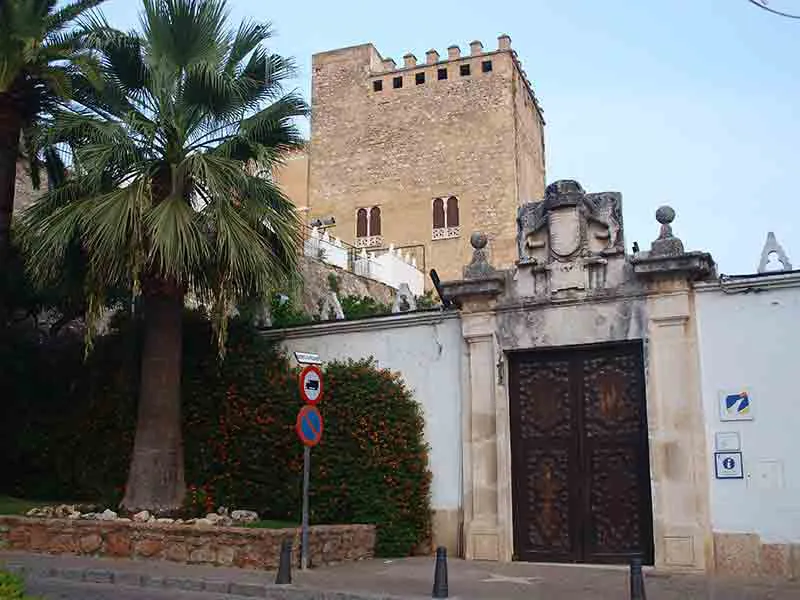
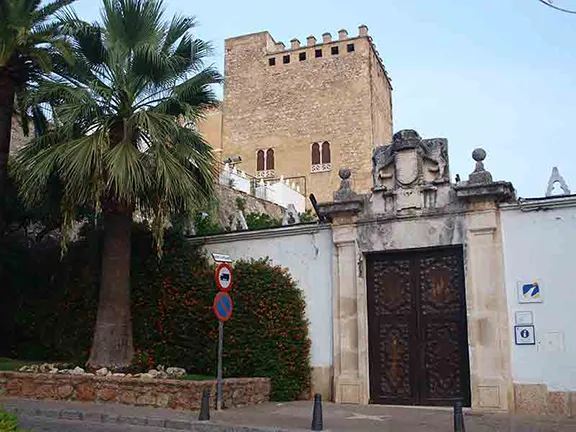
Castle and Tourist Office at Cabra
Nestled in the north eastern foothills of the beautiful Parque Natural de las Sierras Subbéticas, Cabra is an unspoilt small town where the production of olives, olive oil, grapes and wine is more important, economically, than servicing the tourist industry. As one of the 'gateways' to the subbetica, Cabra does attract tourists but not enough to cause a rift between them and the local population who are friendly, courteous and still mildly curious about those who pass through the town.
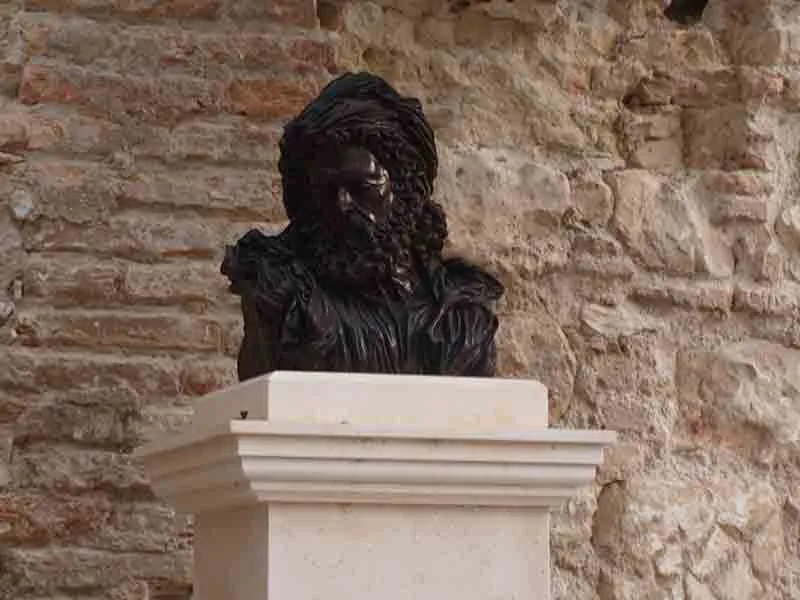
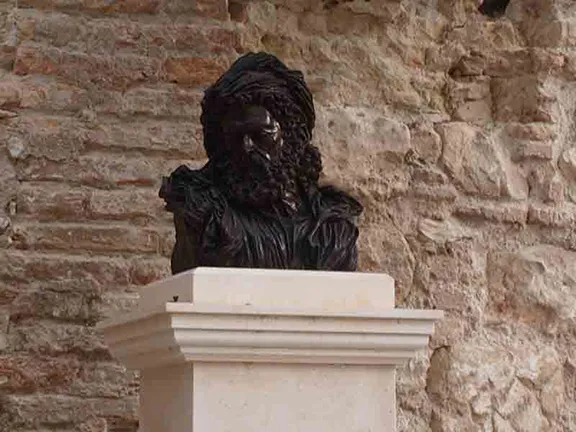
Muqaddam ibn Muafa al Qabri
Cabra can trace its roots back to the 7th century BC when it was a bronze age settlement occupied by members of the Tartessian tribe. In those days it was a ‘frontier’ town between the Tartessians to the west and the Bastetani to the east. It developed into a fortified Iberian market town called Igabrum, a name it retained during the Roman period. In the 5th century AD it became Egabro under the Visigoths. Following the Moorish invasion the name changed yet again to Qabra, possibly to honour a poet who lived in the town, Muqaddam Ibn Muafa Al-Qabri, who in the 9th century AD was a favourite of the Emir de al-Andalus, Abd Allah. It was during the Moorish occupation (714 – 1240), that the castle was built on the top of a Roman fortress.
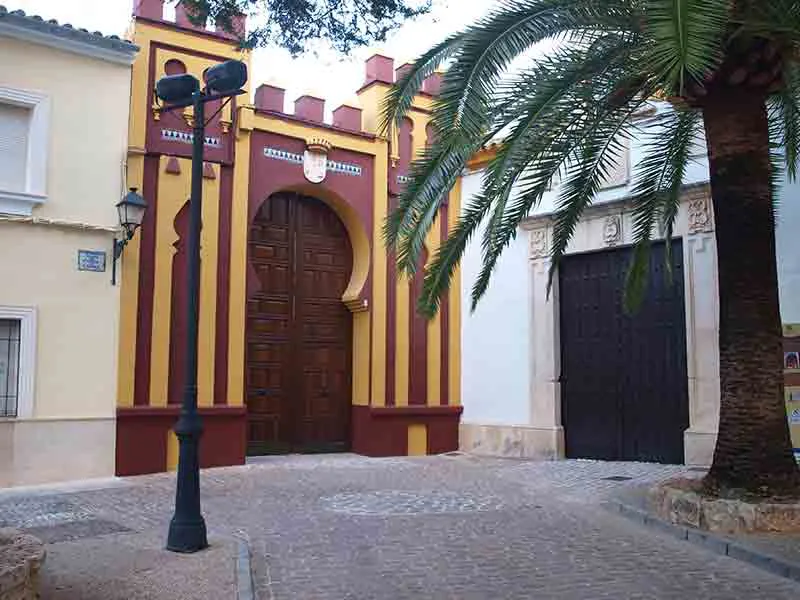
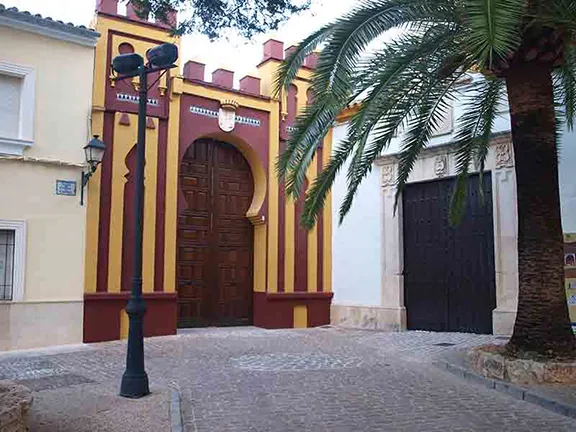
Condes Palace Cabra
The castle is still used, part is the Tourist Information centre and the main buildings have been incorporated into a school. The mediaeval walls that extended from the castle walls to protect the town can still be seen and form part of the barrio, the old part of town. Alongside the castle is the Condes de Cabra palace, now a convent and the Iglesia de Nuestra Senora de la Asuncion y Angeles. This church is built on the site of the Arab mosque and still retains within its walls 44 red marble columns made from the local Cabra marble that is quarried in the Sierra nearby.
Below the castle, church and barrio is a very pleasant square with restaurants, bars and a fountain. This is the hub of the town, all the roads that enter or leave Cabra meet here, families gather and wedding guests fortify themselves between service and reception. It is a place to celebrate. The local pastor certainly thinks so. On each quarter hour the church bell commences a discordant racket. I am not being unkind, the single bell tolls upwards of twenty times at irregular intervals for no apparent reason and then, when you think it is all over, strikes the quarter and then the hours. Nor is the pastor a lie a bed. The bells start at 8am every day, including Sunday when you are also treated to bells announcing the imminent start of a service. A cacophony that quite overpowers the local police officer on point duty whose most powerful blast on his whistle is a whisper in comparison.
To escape the noise Cabra has a number of places to see. Its archaeological museum is worth a visit. It concentrates on the Roman period and displays artefacts from a number of sites in the area including the Villa Mithra where the discovery of a statue of Mithras killing a bull indicated this was a site used by the Mithra cult, a Roman version of the masonic lodges of today.
You could also try the Jurassic Museum otherwise known as the Cabra fossil museum. The exhibition is a couple of rooms tucked away in the Centro Municipal Integrado on the east side of town.
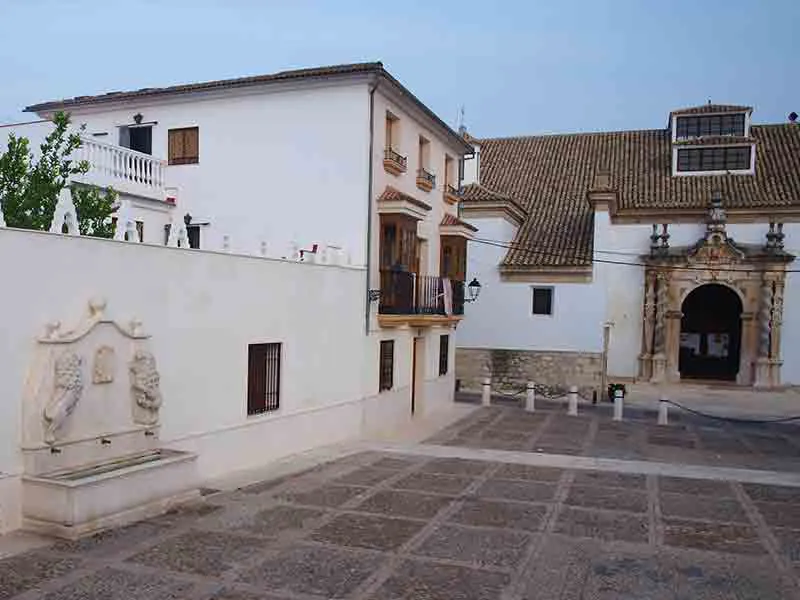
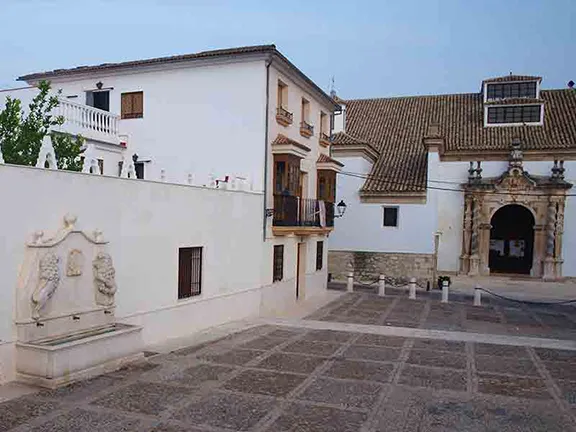
One of many attractive squares in Cabra
There is also an olive oil museum that illustrates the history of the manufacture of olive oil from prehistoric to modern times. Local oil was transported to cities on the ‘Oil Train’, a railway line that ran through the oil producing towns. Sadly this is no longer running and the line has been converted into a 120 kilometre long walking route. Every former station, including Cabra’s, has been converted into a café or restaurant.
Eating out is an important part of life in Cabra. Local delicacies include a ‘rabo de torro’ that is slow cooked in a vegetable based thick stock. The result is far lighter than the Ronda version. Another dish is swordfish with a sauce made from locally produced Montilla - Moriles wine.
Montilla - Moriles has to be the forgotten wine of all time. The vines grow in an albariza soil, the same constituents as the soil in the Jerez region. The grapes ripen in the baking heat of an inland summer producing a high sugar content must. When fermented the alcohol content can be as high as 16% - without any fortification. The dry wines are comparable with fino sherry and the sweet desert wines could be mistaken for oloroso. Because they are not fortified with added alcohol the wines retain more of their fruitiness making them a little lighter than the equivalent sherry. It is said that, having no added alcohol, you will not have a hangover if you partake of one too many. The bars store the various wines in boxes. The proprietors appreciate that many people enjoy a cold Montilla – Moriles. If you ask for frio the bartender dives into a fridge to extract a plain bottle, one of many plain bottles. Somehow they manage to remember which wine is in which bottle and pour the wine you asked for. I spent a very pleasant evening verifying all these assertions. Hangover – don’t ask, and those bells!
An event during teh Spanish Civil War gained Cabra an unenviable reputation to rival that of Guernica. On 7 November 1938, three Tupolev SB bombers of the Fuerzas Aéreas de la República Española (FARE), bombed the town of Cabra, in the province of Cordoba. One of the 200 kilogram bombs fell on the town's market, killing dozens of civilians. The three aircraft dropped six tons of bombs. Most of the bombs exploded in the market and in the working class districts. There were between 101 and 109 civilians dead and 200 wounded. The Nationalist antiaircraft artillery was taken by surprise and reacted too late. The airstrike was carried out in the belief that Italian mechanized troops were stationed in the village. Once over the target, the pilots mistook the market's awnings for military tents. The bombing of Cabra was the deadliest bombing carried out by the Republican air force during the war.